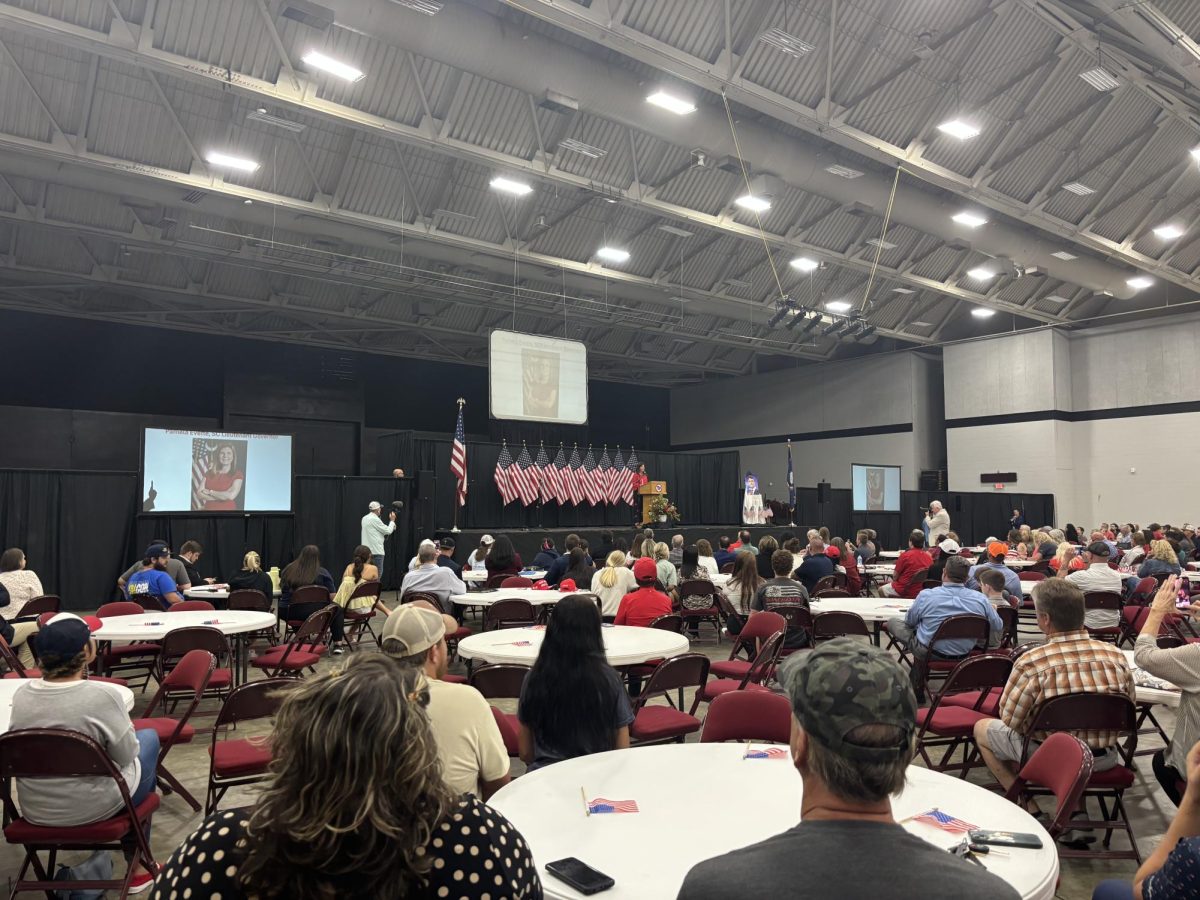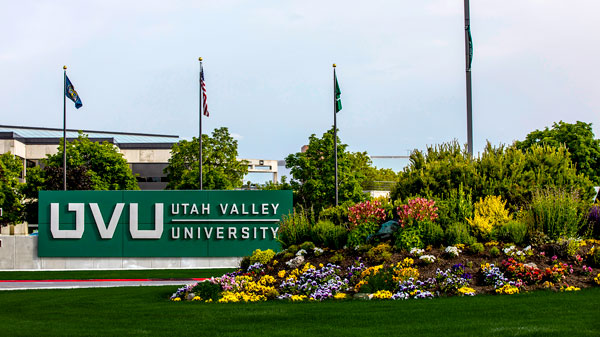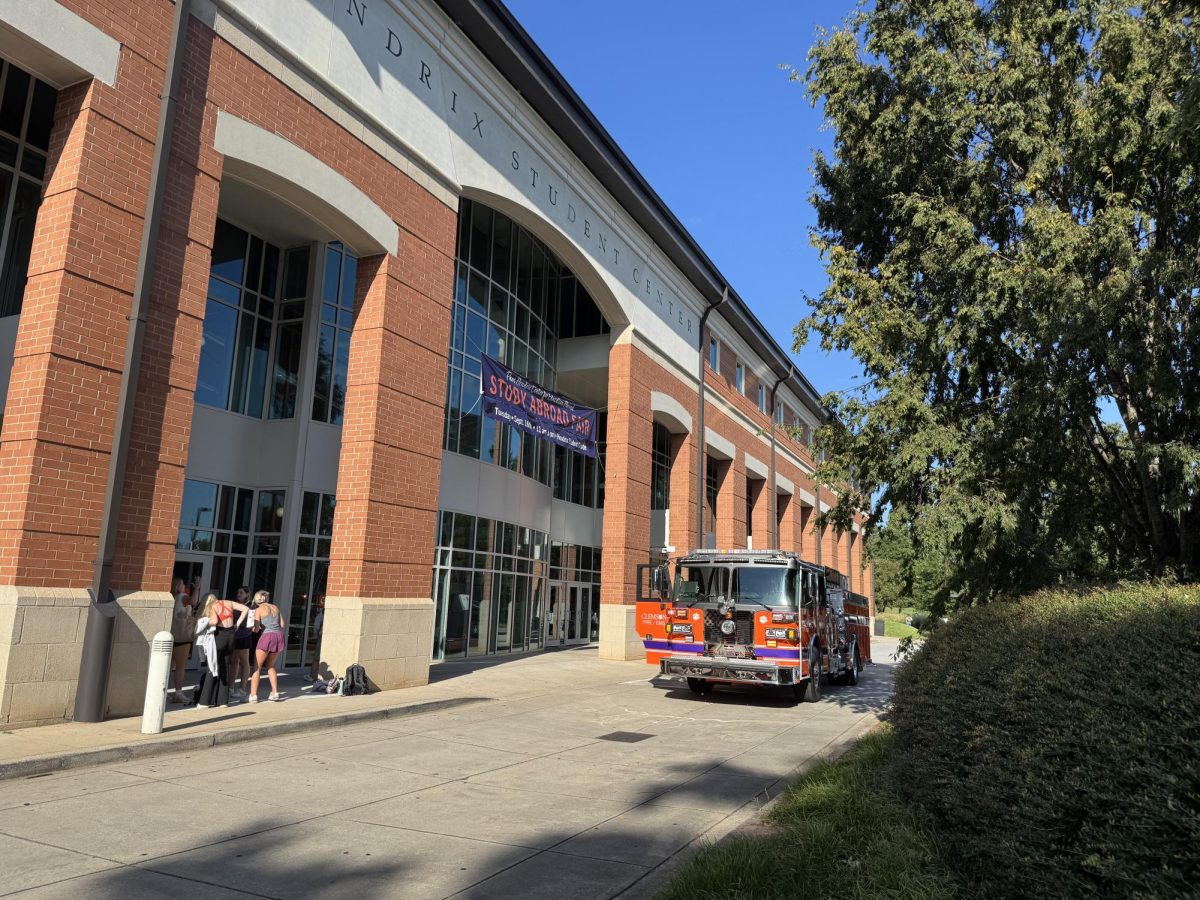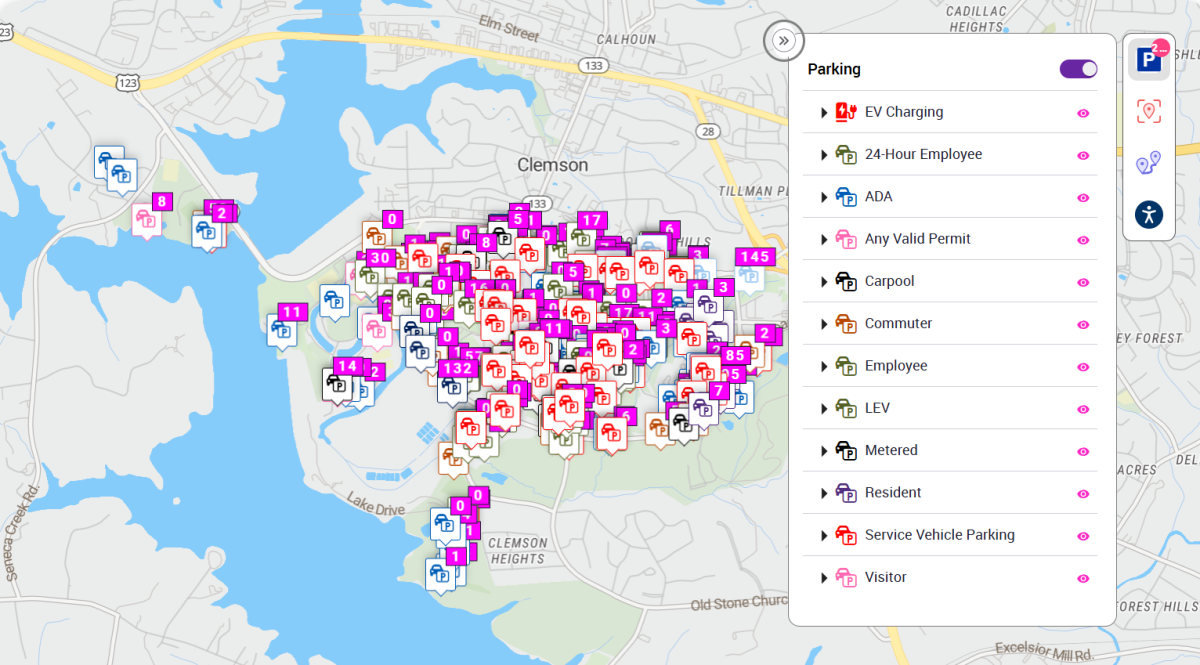“Call My Name” is a research project spearheaded by Dr. Rhondda Thomas, focused on documenting the stories and contribution of African Americans throughout Clemson’s early history. The research is split into six generations, beginning with those ensalved at Fort Hill Plantation, and continuing through the students and faculty during the first decade of integration.
The Tiger News (TTN): What led you to the development of this full-scale project, Call My Name?
Dr. Rhondda Thomas (DRT): It began with my desire to know more about enslaved African Americans who lived and labored on John C. and Floride Calhoun’s and later Thomas and Anna Clemson’s Fort Hill Plantation.
When I arrived at Clemson in 2007, the tours of the Fort Hill Plantation house did not include information about slavery. The University provided very little information about enslaved people at Fort Hill on its website. As I learned more about enslaved African Americans in Clemson’s Special Collections, I also discovered information about hundreds of African American sharecroppers, convict laborers, wage workers, and musicians who labored for Clemson prior to integration in 1963, I realized I needed to develop a research project to document and share these stories that are a significant but neglected part of the Clemson story.
TTN: In your research, what surprised you? Is there a particular story that caught your attention?
DRT: was shocked that the records for the convict laborers whom Clemson trustees leased to clear land, erect buildings, and build a dike had been sitting in the state archive for decades. The stories of the teenagers who were on the convict labor crew are particularly fascinating and sobering. Many were convicted of petty crimes such as theft that were classified as felonies in the late 19th and early 20th centuries and sentenced to time ranging from a few months to a few years in the state penitentiary. The teens were then forced to help build Clemson College that neither they nor their children could attend.
TTN: As Clemson continues to pursue its history, what should we as students on this campus keep in mind? What can those working on the project of Clemson’s history keep in mind?
DRT: Clemson’s history is multifaceted and complicated. We must develop ways to tell the complete story compellingly and effectively. Also, the Clemson story has local, regional, and national import because of our connection to prominent politicians such as John C. Calhoun, Benjamin Tillman, and Strom Thurmond, founders who were not simply influential men of their times. They were architects of their times—including being architects of white supremacist ideologies that still adversely affect race relations in America today.
TTN: How has Clemson reacted to the pursuit of this project and your looks into the archive?
DRT: I have always received support from the Department of English
and College of Architecture Arts and Humanities where I work as a professor of African American literature. And many of my colleagues and students have responded positively to my work. The current administration, particularly President Jim Clemson, Provost Bob Jones, Vice President of Student Affairs Almeda Jacks, Dean of Students Chris Miller, and some trustees have also expressed interest in and been supportive of my project. But I have also heard that some members of the Clemson community wish I would stop researching slavery, convict labor, and other aspects of Clemson history that make them uncomfortable and that they believe should be left in the past.
TTN: In your project, you’ve split your research into generations. Can you talk a bit about the decision to do that? How have these generations influenced the, let’s say, visible side of Clemson’s history?
DRT: I want to emphasize the interconnectedness of the lives and labors of African Americans in Clemson history. Enslaved African Americans worked on the Fort Hill Plantation. Former slaves worked as sharecroppers at Fort Hill during Reconstruction. Convict laborers, legally classified as “slaves of the state,” helped to build Clemson College. Wage workers maintained the infrastructure of the institution. Musicians like Duke Ellington were paid to entertain white students but neither they nor their children could attend Clemson prior to 1963. The thread the links these groups of African Americans together is labor. My research uncovers Clemson’s indebtedness to black labor for its existence and success. But it also recovers the life stories of African American laborers who are an integral part of Clemson history.
TTN: The project is “Call My Name.” Why did you choose this title?
DRT: I chose “Call My Name” as the name of the project to evoke the call and response tradition associated with African American culture, as we are calling the names of African Americans in early Clemson history
and inviting an array of people to assist us in documenting their stories, honoring their lives, and acknowledging their contributions. The project name also evokes the roll call for the cadets who matriculated at Clemson College, as well as the roll call that occurs in classes for current Clemson students.
Categories:
Seeking Clemson’s History
Q and A with Dr. Rhondda Thomas
September 19, 2016
0
Donate to The Tiger
Your donation will support the student journalists of Clemson University. Your contribution will allow us to purchase equipment and cover our annual website hosting costs.
More to Discover








